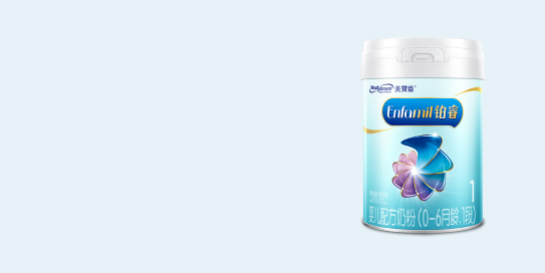家有牛奶蛋白过敏娃,真心不易。
努力绕过了“吃不对”的坑,一不小心,又掉进了“吃不够”的深渊。
好不容易给娃吃一口放心奶,没一会儿给你“哇”一口吐出来一半,当妈的你心都痛了——不仅心疼娃,还心疼吐出来的那口奶……
这是一声来自“坑底”的呐喊:
宝宝你到底能吃饱吗?
你这样吐啊吐,营养会跟不上的呀!!!


宝宝的胃容量小、排空快,特别是刚出生的宝宝,胃只有一颗葡萄那么大。
出生的头3个月里,要按需喂养。就是说,宝宝饿了就喂,每天大概喂奶6-8次或更多。牛奶蛋白过敏的宝宝也一样。
经常吐奶也不用担心TA吃不饱,只要想吃,就要及时喂。聪明的宝宝会通过不断吸吮,刺激妈妈的乳房分泌更多的乳汁,来满足自己逐渐增大的胃容量和生长发育的需要。
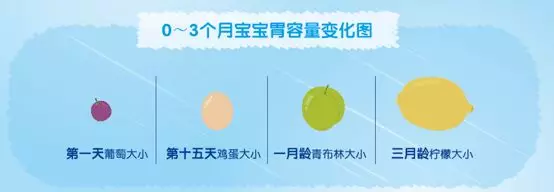
宝宝满3个月后应逐渐转为按时喂养,大约每3个小时喂一次。

只要宝宝的体重能够稳定地增长,那说明TA的营养是跟得上的,妈妈不用过于担心。

怎么判断宝宝的体重是否稳定增长呢?
·出生后第1周,宝宝体重比出生时减少最多达10%,但之后体重应该相对稳定地增长。
·满2周时,宝宝应该恢复到出生时的重量。如果吃得饱,前3个月内每月平均可增加1200克。不过即使宝宝达不到这个数值,也不用着急,因为体重增长存在个体差异,会呈现阶梯性和跳跃性,只要排除疾病因素,到了下个月就很有可能会出现补长现象。
·3~6个月期间,宝宝的体重每月会增长700克左右。
·满6个月后,宝宝每天体重增长会更少,每月约500克14。
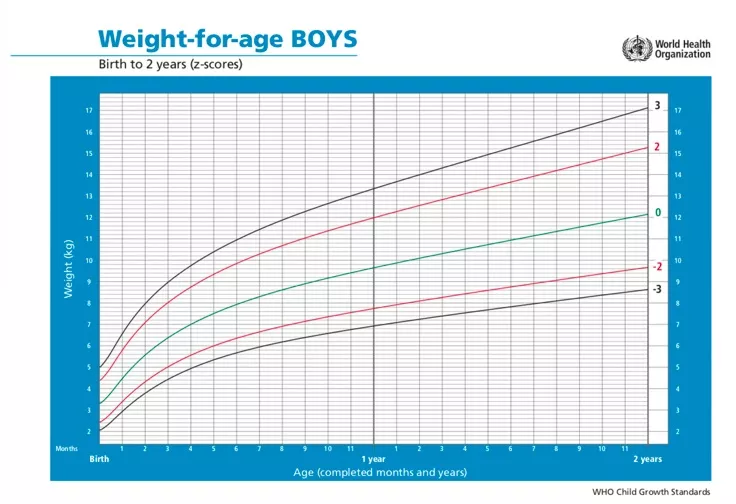
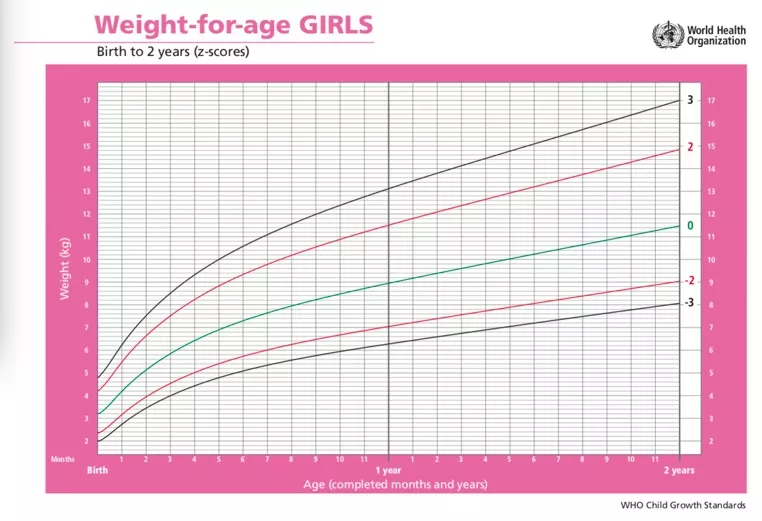


因为吐奶是牛奶蛋白过敏的常见症状之一,宝宝也是需要一段时间来缓解的,但不会持续很长时间。
1. 哺乳妈妈需要做的就是及时喂奶,并在饮食上回避含牛奶蛋白的食物。
2. 不能母乳喂养的牛奶蛋白过敏宝宝,应在医生建议下使用合适的特殊配方奶粉来满足成长所需营养。
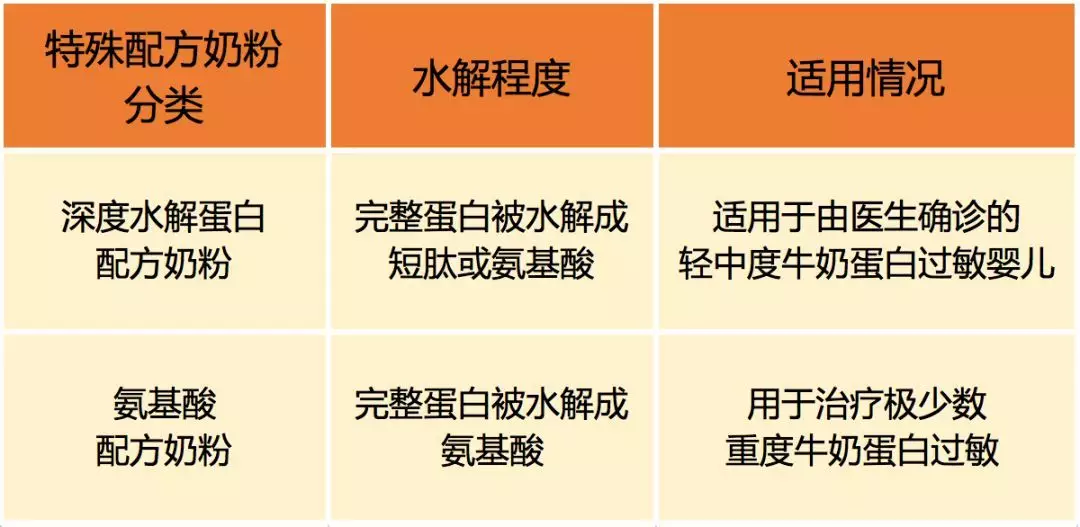
不同的深度水解蛋白配方奶粉,去除致敏成分(如β-乳球蛋白)的程度不同,所含肽段不同,最大分子量也有分别,因此喂养过敏儿的效果也大不相同。选用致敏性较低的酪蛋白进行水解,将牛奶蛋白分解为50%短肽和50%游离氨基酸,这样的配方有利于进一步降低宝宝过敏发生几率。
LGG是目前全球研究和应用广泛的益生菌之一,它能增强肠道屏障,有助适应牛奶蛋白。
牛奶蛋白过敏宝宝连续食用酪蛋白+LGG配方12个月,有助于回归正常饮食,摆脱过敏。
极少数重度过敏症状的宝宝可能需要选择氨基酸配方1-3,但务必要在医生指导下进行。
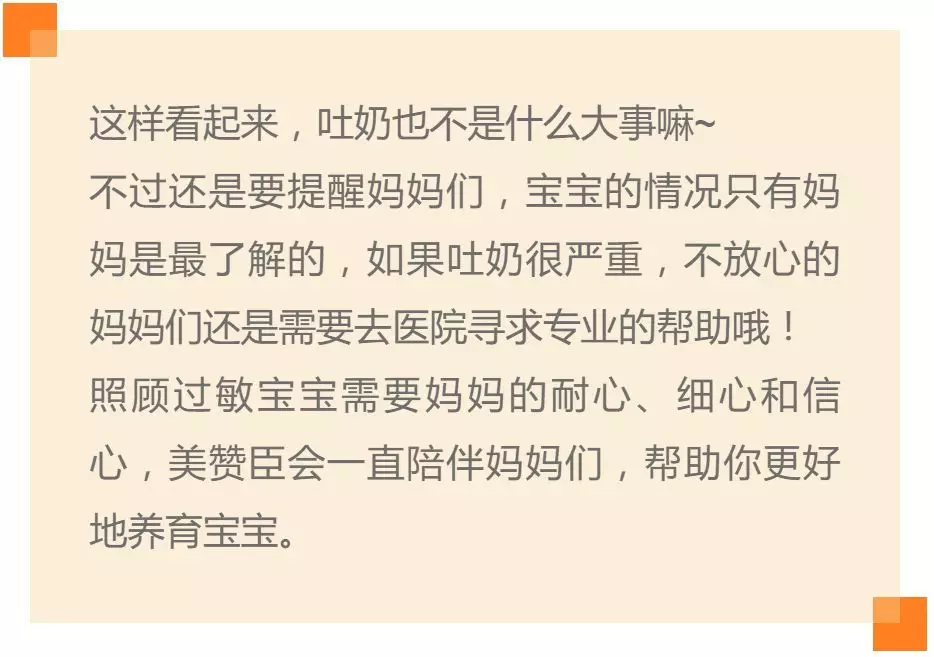
参考文献:
#Canani R8.et al. J Pediafr.2013.163:771-777
1. Venter Carina, et al. Better recognition, diagnosis and management of non-IgE-mediated cow's milk allergy in infancy: iMAP-an international interpretation of the MAP (Milk Allergy in Primary Care) guideline. Clin Transl Allergy, 2017, 7: 26.
2. Koletzko S, et al. Diagnostic approach and management of cow's-milk protein allergy in infants and children: ESPGHAN GI Committee practical guidelines. J Pediatr Gastroenterol Nutr. 2012 Aug;55(2):221-9.
3. 中华医学会儿科学分会免疫学组. 中国婴幼儿牛奶蛋白过敏诊治循证建议. 中华儿科杂志, 2013, 51(3):183-186.
4. Koletzko B. Journal of Pediatric Gastroenterology & Nutrition, 2005, 41(5):584.
5. Codex Alimentarius. Standard for Infant Formula and Formula for Special Medical Purposes Intended for Infants: CODEX STAN 72-1981, amended 1983, 1985, 1987. Revision 2007.
6. Colombo J, et al. Long-Chain Polyunsaturated Fatty Acid Supplementation in Infancy Reduces Heart Rate and Positively Affects Distribution of Attention. Pediatric Research, 2011, 70(4):406-10.
7. Drover J, et al. Three randomized controlled trials of early long-chain polyunsaturated fatty acid supplementation on means-end problem solving in 9-month-olds. Child Development, 2009, 80(5):1376-1384.
8. Morale S E, et al. Duration of long-chain polyunsaturated fatty acids availability in the diet and visual acuity. Early Human Development, 2005, 81(2):197-203.
9. Birch E E, et al. A randomized controlled trial of early dietary supply of long-chain polyunsaturated fatty acids and mental development in term infants. Developmental Medicine & Child Neurology, 2000, 42(3):174–181.
10. Birch E E, et al. Visual acuity and cognitive outcomes at 4 years of age in a double-blind, randomized trial of long-chain polyunsaturated fatty acid-supplemented infant formula. Early Human Development, 2007, 83(5):279-284.
11. Colombo J, et al. Long-term effects of LCPUFA supplementation on childhood cognitive outcomes. American Journal of Clinical Nutrition, 2013, 98(2):403-412.
12. Scalabrin D M, Johnston W H, Hoffman D R, et al. Growth and tolerance of healthy term infants receiving hydrolyzed infant formulas supplemented with Lactobacillus rhamnosus GG: randomized, double-blind, controlled trial. Clinical Pediatrics, 2009, 48(7):734-744.
13. Scalabrin D, Harris C, Johnston W H, et al. Long-term safety assessment in children who received hydrolyzed protein formulas with Lactobacillus rhamnosus, GG: a 5-year follow-up. European Journal of Pediatrics, 2017, 176(2):217.
14.郑玉巧育儿经——婴儿篇(2012版).郑玉巧著. 二十一世纪出版社











